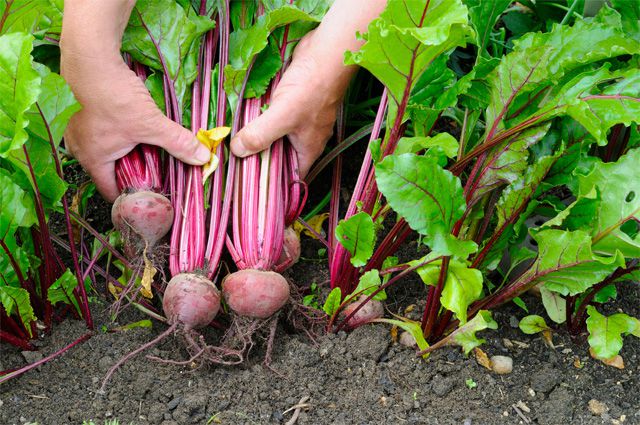 Mixed planting vegetables, schemes can be very different. The main thing is to decide which cultures are well related to a certain neighborhood and whom, as they say in the world of people, “categorically cannot tolerate”. If you select the neighbors in the beds correctly, then you will not have to doubt the rich harvest.
Mixed planting vegetables, schemes can be very different. The main thing is to decide which cultures are well related to a certain neighborhood and whom, as they say in the world of people, “categorically cannot tolerate”. If you select the neighbors in the beds correctly, then you will not have to doubt the rich harvest.
Interesting! There is also a special branch of the science of allelopathy. She is engaged precisely in studying the influence of some plants on others under conditions of joint planting.
So, in order to improve the yield on the site and try to get the most from each bush, you need to know about a favorable neighborhood. It is about him that we will write in detail the information in this article.
Mixed planting of vegetables in the garden (table)
Pumpkin crops (cucumbers, zucchini, melon, pumpkin):
- Are combined. With corn and any climbing plants. They grow very well in the vicinity of beans, because they require the same care. You can plant next to onions or garlic, dill, tomatoes and all members of the legume family. Of flowers, you can safely plant next to variegated marigolds.
- Do not combine. With potatoes, with fragrant herbs like sage, arugula.
Lily family (asparagus, onion, garlic):
- Are combined. Can be planted nearby with tomatoes, parsley, dill and basil. They feel great in the neighborhood with carrots, fruit trees, cabbage. They can grow next to celery, beets, medicinal chamomile. As for garlic, it can be safely planted next to roses, because, it will drive away aphids.
- Do not combine. Oddly enough, but asparagus will not grow well next to onions and garlic. Not suitable for the neighborhood with cultures of this family of potatoes and all representatives of the legume family.
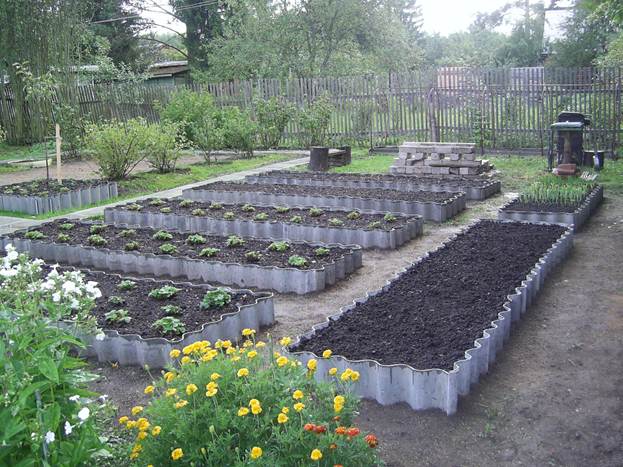
Legume family (all kinds of beans, peas):
- Are combined. They can grow well next to any vegetable crops that are not antagonists.
- Do not combine. Onions and garlic will be extremely bad neighbors. Also nearby should not be planted cabbage, beets, dill and basil. Refrain from planting next to legumes tomato, potatoes.
Note! Legumes have a favorable effect on the soil for many crops in the country. They enrich the earth with nitrogen and improve its overall composition.
Cabbage family (all types of cabbage, radish and horseradish, mustard):
- Are combined. Well, any kind of cabbage will grow next to beans (only bush), cucumbers, garlic or dill. You can plant salad, mint, and beets nearby. Great neighbors are tomatoes. If broccoli is planted next to onions, celery or potatoes, then its taste will be especially wonderful. It will also be good to get along with horseradish potatoes.
- Do not combine. You need to immediately discard the option of curled beans, do not plant cabbage next to strawberries or grapes. As for all types of cabbage, they will grow poorly next to mustard. But for the mustard itself, as well as for horseradish, there are simply no unfavorable neighbors in the country.
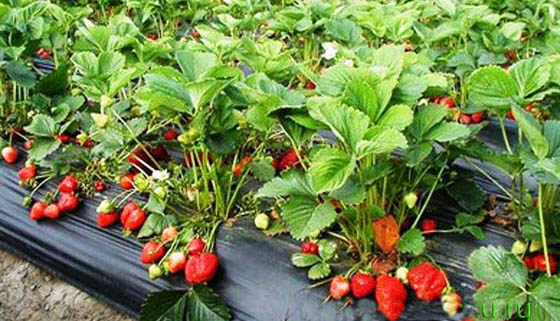
Umbrella Family:
- Carrots are combined with tomatoes and peas, with lettuce, onions and radishes. From greens can be planted next to sage, rosemary. It will grow poorly next to asters, celery and other umbrella plants.
- Parsnip, celery, parsley, dill. These are members of the family. will blend well with any cultures. They grow especially well next to onions and tomatoes, spinach, any kind of cabbage. Poorly coexist with other members of this family, with corn and with asters.
- Fennel.This representative of this family does not like neighbors at all. If you can’t plant it in a separate area, only dill is chosen as a neighbor. As for the poor neighborhood, fennel is so for almost all cultures, because it greatly inhibits their growth and normal development.
Note! Fennel has unique flea disposal properties on the site.
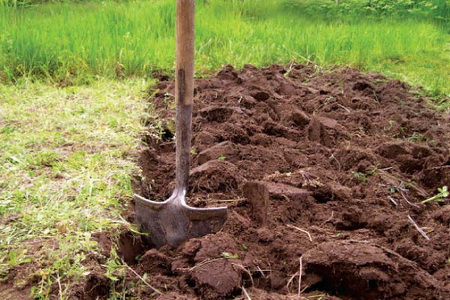
The nightshade family:
- Tomatoes grow well next to beans and carrots, favor celery, cucumbers and salads. Of flowers, marigolds can be planted nearby. As for the negative neighborhood, it is cabbage and potatoes, corn. Of course, fennel.
- Eggplants love bean plants, potatoes and spinach flaunting nearby. You can also plant peppers nearby. They do not tolerate neighborhood with fennel, and in other cases they are quite tolerant.
- Bell pepper. It grows well next to tomatoes and carrots, onions, parsley. Plant flowers next to petunia, geranium. In addition to the negative neighborhood with fennel, pepper does not tolerate kohlrabi cabbage, apricot trees.
- Hot peppers. Since the secretions that form in the root system of this pepper interfere with the appearance of rot on the plants, you can plant it next to the tomatoes. Cucumbers and eggplants, pumpkins will also be good neighbors. Negative neighbors include beans, broccoli, dill.
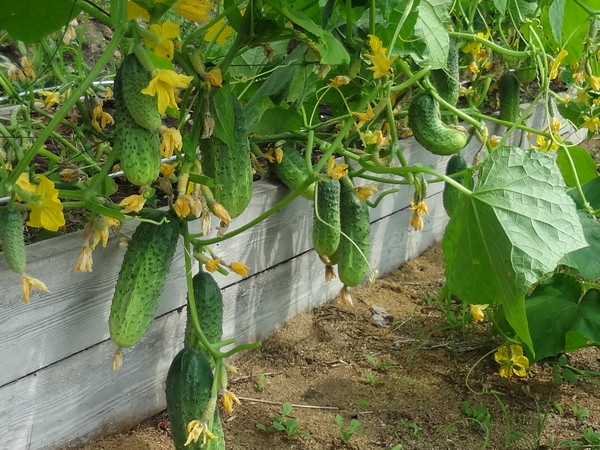
Rosaceae Family:
- Strawberry. Will grow well next to garlic and onions, next to spinach, radish, any green salad. A great helper neighbor is parsley. Negatively applies to all types of cabbage, potatoes.
- Raspberries and blackberries. Good side by side only with garlic, tansy. But there is no adverse neighborhood.
- Rose, including rose hips. Growing well next to garlic, which also protects against diseases. Also great. If mint, root, tansy grows nearby. Adverse neighborhoods were not identified.
Now we can say that you are well versed in what kind of mixed planting of vegetables in the garden to carry out. If you have any questions, then save the article in bookmarks and return to it as needed. Have a nice summer season!

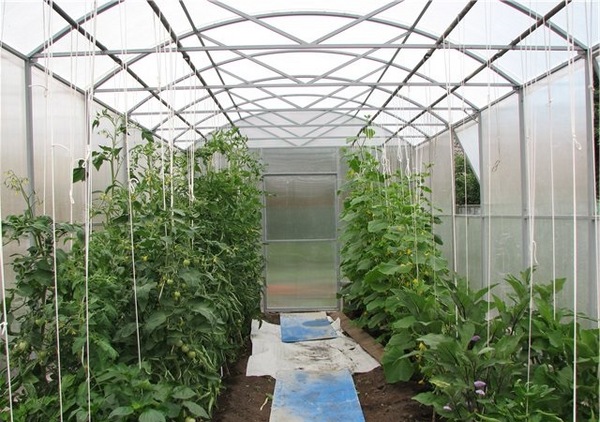
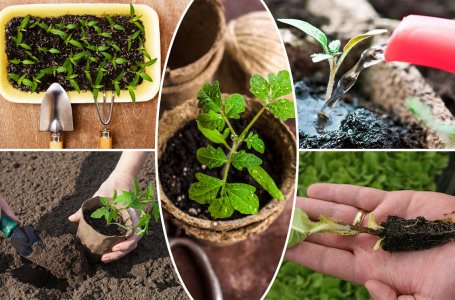
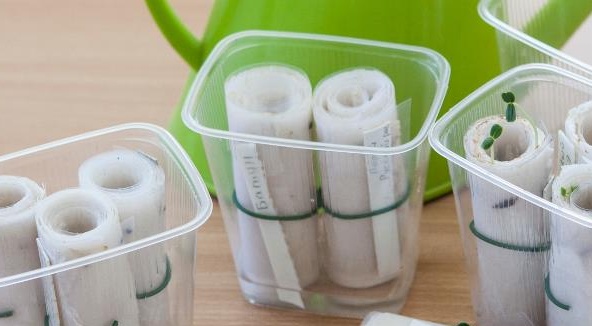
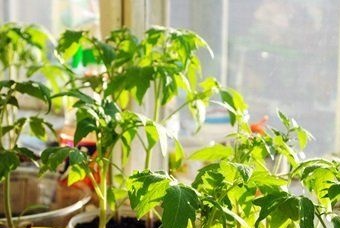 10 mistakes that destroy seedlings
10 mistakes that destroy seedlings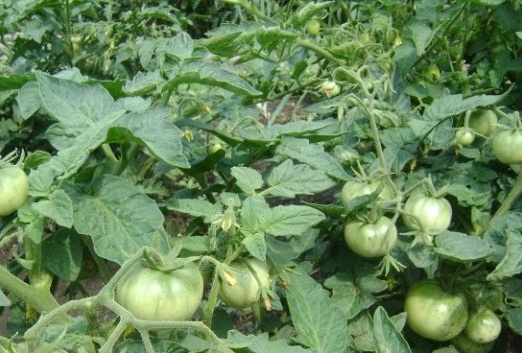 What crops are solanum plants?
What crops are solanum plants?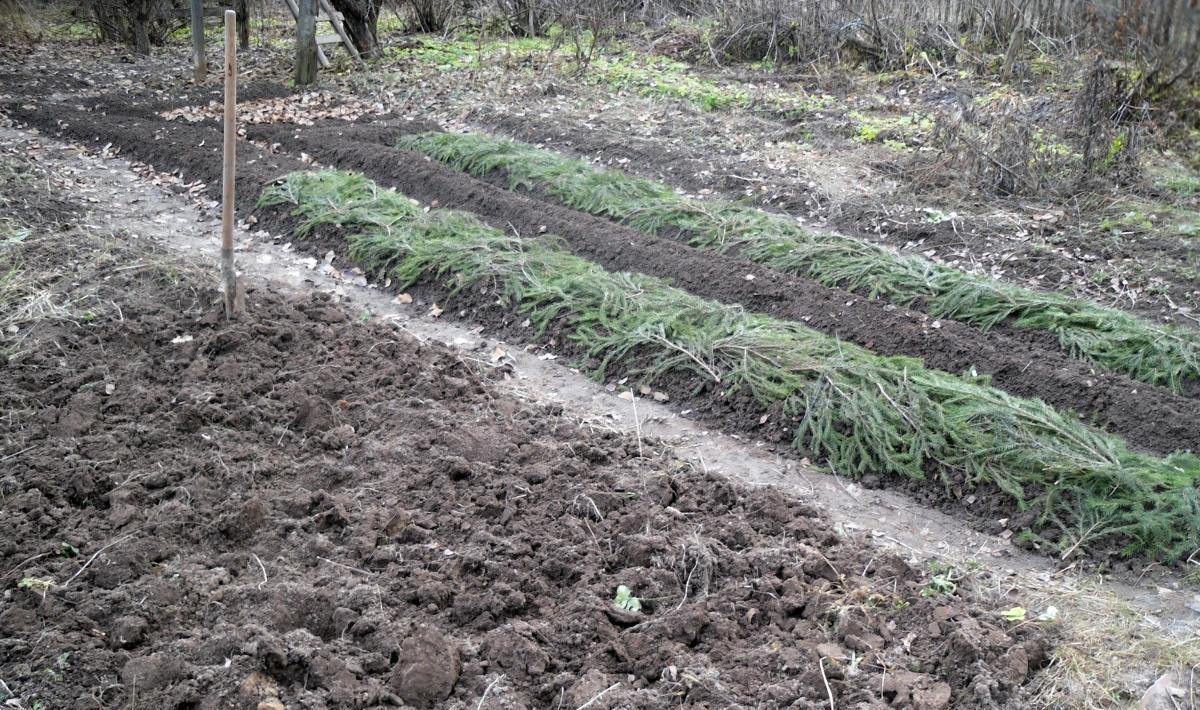 What to plant in the garden before winter: what vegetables, flowers, herbs, trees and shrubs
What to plant in the garden before winter: what vegetables, flowers, herbs, trees and shrubs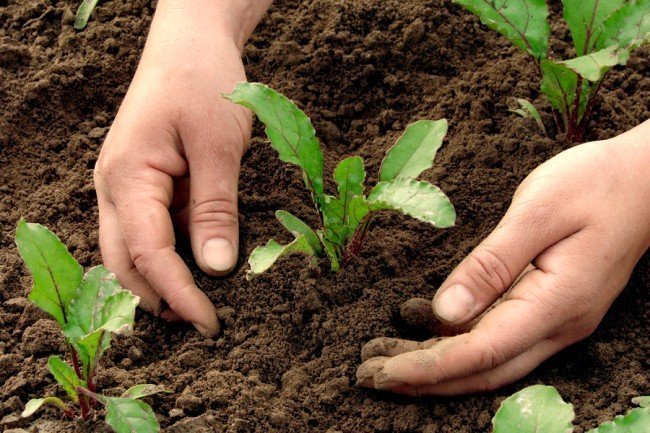 What can be planted at the end of summer in open ground in different regions to grow rapidly
What can be planted at the end of summer in open ground in different regions to grow rapidly